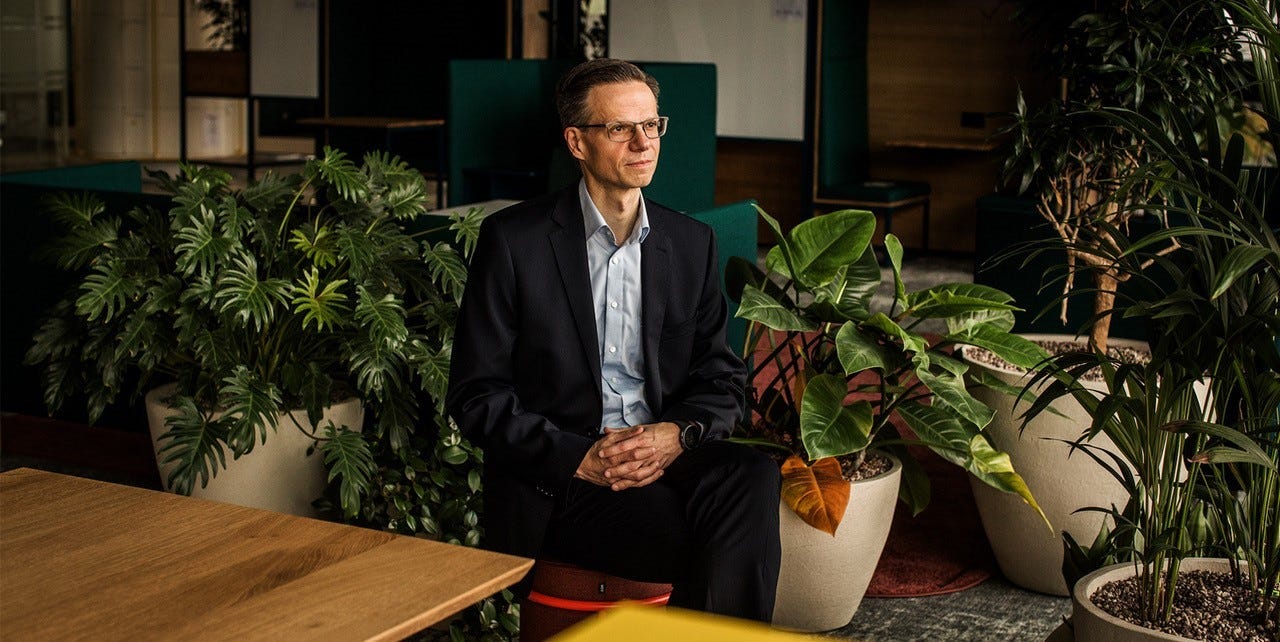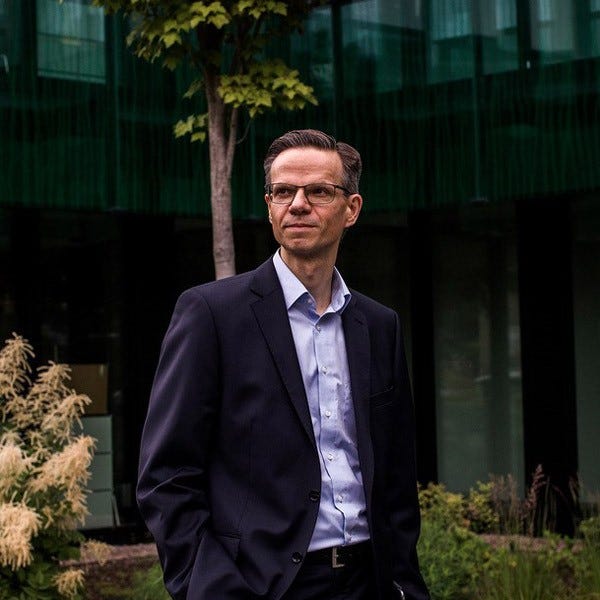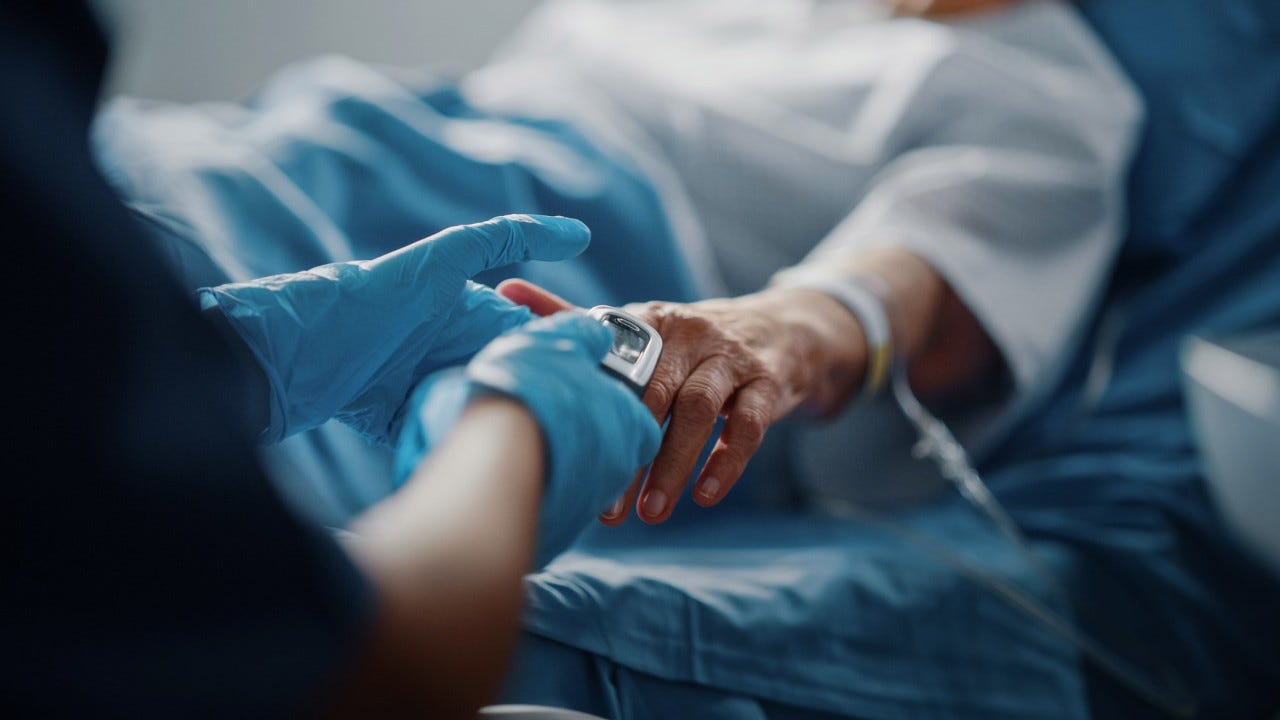The long path to a market-ready drug
It usually takes many years before a new drug is on the market. But what stages does a new active ingredient go through from idea to marketing?

Mr Häusler, let’s start with the question we’re all dying to ask: when will we have a drug to save us from coronavirus?
There’ll never be a cure-all for COVID-19. Unfortunately, finding drugs to treat viruses isn’t that easy. We don’t even have the ultimate cure for the flu or common cold. Even so, all over the world trials are under way to find drugs that substantially reduce the severity of COVID-19.
What approaches are these trials taking?
Some are investigating the secondary effects of known drugs such as hydroxychloroquine and chloroquine which are used to treat autoimmune diseases or malaria. Researchers are also looking into combination therapies. Antiviral therapies often combine a number of different drugs. In the case of HIV treatment, for example, the breakthrough only came when different active ingredients were combined.
What stage are we at in terms of a vaccine for COVID-19?
At the moment we’re seeing companies, NGOs and governments across the globe joining forces in an unprecedented effort to find a vaccine. This is giving a huge boost to development. It really looks as if it won’t be that long before we have a coronavirus vaccine, or even several. This is despite an obstacle to development: the fact that you’re vaccinating healthy people, so side-effects are not acceptable and a high level of safety has to be assured. It might also take somewhat longer before enough vaccine is manufactured and available to everyone.
Pandemics aside, how do pharmaceutical companies come up with ideas for a new drug?
It always starts with the question of what diseases can’t yet be adequately treated. Most companies specialise in specific research technologies and a series of diseases. At Roche our strengths include antibody design and diagnostics, and we seek drugs that will enable better treatment of cancer, serious conditions of the nervous and immune systems, and rare diseases.
What obstacles does an active ingredient have to surmount?
Once we have an ingredient in our sights that has the desired type of positive impact on the incidence of a disease, we test it in the lab and on animals to find out whether it’s toxic. If it isn’t toxic, it can then be tested in clinical trials on humans – first healthy people, then on people with the disease. These trials are designed to answer a number of questions: Is the effect of the substance good enough? Is it sufficiently safe and well tolerated?
“Before they’re approved in the form of a drug, many substances undergo a long journey with many detours, mostly leading to a dead end.”
How many substances make it that far?
The darned thing is that only very few do. Before they’re approved in the form of a drug, many substances undergo a long journey with many detours, mostly leading to a dead end. The development of a single new drug involves ten thousand substances that we have to investigate thoroughly. Of these, ten make it to clinical trials, and only one will end up being approved. On average that takes ten years and involves development costs of more than a billion francs.
Are there ever any surprises in this process of elimination?
A while back we wanted to develop a drug to treat severe asthma. The results of the first patient trial were promising. But the second, bigger trial put paid to all hopes. In our job setbacks are unfortunately the rule rather than the exception: in most cases the drug doesn’t deliver what we had hoped. On the other hand it can happen that in the midst of development we completely change course and manage to transform an apparent failure into a drug ready for market. That was the case for a multiple sclerosis drug now approved worldwide that effectively slows downs certain cells of the immune system.
“For me these failures are part of daily business.”
How do you personally deal with all the setbacks?
For me these failures are part of daily business. It’s not always easy, but we are seeing encouraging progress as well: Twenty years ago, when I got my degree in medicine, we only had chemotherapy to treat cancer. These days there are drugs available that specifically target the genetic profile of cancer cells, and which have recently enabled us to cure certain types of cancer. As a doctor I find that motivating.
What happens once a drug’s approved?
Once Swissmedic, the approval authority, has reviewed the efficacy, safety, tolerability and quality of a drug, it can already be prescribed by doctors. But coverage of the costs still has to be decided. That job falls to the Federal Office of Public Health. The FOPH compares the new drug with other drugs already on the market for treating a specific disease and asks whether it has any additional benefit, whether it increases the chances of a cure. Then the authority sets a price and defines the terms under which specific groups of patients can have the drug covered under their basic insurance. So the price is always a compromise between the drug companies and the FOPH.
“I understand why people balk at prices that can go into the hundreds of thousands or even millions. ”
How do you explain the sometimes exorbitant prices charged by certain manufacturers for new drugs?
I understand why people balk at prices that can go into the hundreds of thousands or even millions. But in some cases you only need one single dose of these drugs to be cured. This means that when all’s said and done, the drug isn’t that expensive, because it eliminates the need for decades of care and medication. For this reason we at Roche would like to see new models of compensation, for example where payment is only due once treatment has been completed successfully. But that’s not easy to introduce in the Swiss healthcare system.
Let’s talk about generics. They must be a thorn in the side of a drug manufacturer like yourself.
No, not at all. We believe it makes a lot of sense for drugs to be produced and marketed by other manufacturers once the twenty-year patent has expired, meaning that prices fall in the medium term.
When you develop drugs do you have criteria other than commercial ones?
Absolutely! We’re one of the few companies anywhere in the world that are still looking for novel antibiotics. Given the growing resistance to existing antibiotics, this area’s very important for society at large. But from a commercial point of view it’s completely unattractive. This is because even new antibiotics are cheap, and are only kept “in reserve” for use when existing antibiotics don’t work.
If you could dream up a drug to treat one disease, what would it be?
A drug to treat Alzheimer’s. Despite intensive research, we still don’t have an effective therapy. Not only that, but the disease is very debilitating – for patients, the people around them, and those nursing them.



